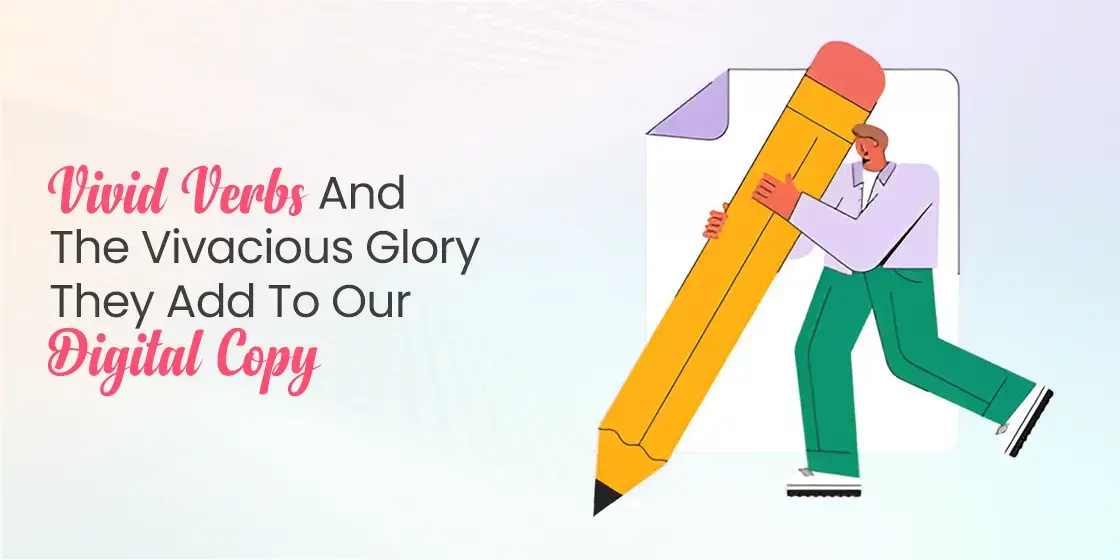Table of Content
Discover the Core Differences of Denotation vs Connotation in the English Language
Understanding how different words function is crucial for effective communication, critical analysis, and a deeper appreciation of the nuances within our vocabulary. Two key concepts that help us navigate this complexity are denotation vs connotation examples. And while often discussed together, they represent distinct aspects of a word’s meaning.
Denotation refers to the direct, literal definition of a word, while connotation encompasses the feelings, emotions, cultural associations, and implied meanings that a word evokes. The interplay between these two elements shapes how we interpret and use language, adding layers of richness and subtlety to our communication.
But failing to grasp the connotations of words can lead to misinterpretations, unintended offense, or a lack of appreciation for the subtle message being conveyed by the web copywriting service you employ. Therefore, let’s dive into the meanings of denotation and connotation, their differences, and the contexts in which they operate, enhancing our ability to engage with language in a meaningful way.
The Basis of the Confusion Between Denotation vs Connotation Examples

The confusion between denotation and connotation often arises from the fact that these two aspects of a word’s meaning are linked and frequently operate simultaneously. While denotation provides the foundational, objective definition, connotation builds upon this base, adding subjective and associative layers.
This close relationship can make it challenging to separate the core meaning from the implied meanings, especially when a word’s connotations are strongly ingrained in cultural or personal experience. The dictionary definition itself may sometimes hint at common connotations, further blurring the lines between the literal and the implied, making it difficult for newcomers to technical copywriting.
Another source of confusion stems from the variability and subjectivity of connotation. While a word’s denotation is stable and universally agreed upon within a community, its connotations can vary significantly depending on cultural context, historical usage, individual experiences, and the situation.
For instance, the word “snake” denotatively refers to a legless reptile. However, its connotations can range from danger and treachery in some cultures to healing and transformation in others. This variability makes connotation a more fluid and less predictable aspect of meaning compared to the relatively fixed nature of denotation.
The Role of Connotations in a Language’s Evolution
The way languages evolve contributes to the potential confusion between denotation and connotation. Over time, a word’s repeated use in specific contexts can lead to certain connotations becoming so strongly associated with it that they eventually influence or even become part of its denotation.
This dynamic nature of language means that the relationship between a word’s literal meaning and its implied associations is not static but rather a continuous process of evolution and reinterpretation. Recognizing this dynamic is key to understanding why the distinction between denotation vs connotation, while conceptually clear, can require careful consideration of context.
What Does Denotation Mean?

Denotation, at its core, refers to the literal, dictionary definition of a word. It is the objective, agreed-upon meaning that aims to be free from emotional associations or subjective interpretations. Think of denotation as the primary meaning that most speakers of a language would understand and agree upon when encountering a particular word.
It is the foundation upon which other layers of meaning, such as connotation, are built. The denotation seeks to provide a clear and unambiguous understanding of what a word fundamentally represents. For example, consider the word “blue.” Its denotation is simply a color in the spectrum, evoked by light having a specific wavelength.
This factual, scientific definition is consistent across different contexts and individuals. Similarly, “home” is a place where one lives. This is a straightforward definition referring to a physical dwelling. The denotation of “assertive” is having or showing a confident and forceful personality. This describes a particular type of behavior in a direct and objective manner.
So, we can say that denotation is crucial for clear and precise communication. In technical writing, legal documents, and scientific reports, the focus is on using words according to their denotative meanings to avoid ambiguity and ensure that the intended message is conveyed accurately.
While connotations can add richness to language, in contexts where precision is important, the denotative meaning takes precedence. Understanding the denotation of a word provides a common ground for understanding and facilitates effective communication across different individuals and contexts.
What Do You Mean By Connotation?

Connotation, in contrast to denotation, refers to the array of feelings, emotions, cultural associations, and implied meanings that a word evokes beyond its literal definition. This subjective layer of meaning is shaped by personal experiences, cultural context, social conventions, and the specific way a word is used.
Connotations can be positive, negative, or neutral, and they contribute significantly to the tone and impact of communication. While the denotation provides the basic identification, the connotation adds emotional and associative weight to a word, just like some great vivid verbs.
Let’s take our previous examples and explore their connotations.
- While the denotation of “blue” is simply a color, its connotations can include feelings of sadness (“feeling blue”), calmness (“a blue sky”), or royalty (“blue blood”).
- Similarly, while the denotation of “home” is a place of residence, its connotations often include feelings of warmth, comfort, security, and belonging.
- The word “assertive,” denotes describing confident behavior, and can have connotations ranging from positive (strong, decisive, self-assured) to negative (aggressive, pushy, domineering).
Connotation is a powerful tool in language, particularly in literature, poetry, and persuasive writing. Authors and speakers often carefully choose words based on their connotations to evoke specific emotions, create certain moods, and influence the audience’s perception. Understanding the connotations of words allows for a deeper appreciation of the subtle messages and underlying meanings within a text or conversation.
Denotation Vs Connotation Examples – Knowing When to Use Each Word

Understanding the distinction between denotation and connotation is crucial for effective communication. That is because the appropriate use of each depends heavily on the context and the intended message.
- Where clarity, precision, and objectivity are paramount, the denotative meaning of words should be prioritized. The goal in these contexts is to convey information accurately and without ambiguity, minimizing the risk of misinterpretation. Choosing words with clear and neutral denotations ensures that the broadest possible audience understands the message as intended.
- Alternatively, in creative writing, persuasive or informal conversations, and marketing, connotations can be utilized to evoke specific emotions, create a particular tone, and build connections with the audience. Authors can choose from selected connotations to influence opinions and sway audiences.
Therefore, the key to effectively using both denotation and connotation lies in contextualawareness. Consider the purpose of your communication, your intended audience, and the overall tone you wish to convey in your digital copywriting.
FAQs
| What are five examples of connotations? Some examples of connotations include: Loaded Broke Stingy Tough Yarn spinner |
| What is the connotation for an apple? Connotations for an apple can include: Love Knowledge Wisdom Luxury Fertility |
| What is the connotation for gold? The connotations for gold includes: Wealth Power Prestige |
Conclusion
The interplay between denotation vs connotation examples forms a fundamental aspect of the complexity of the English language. Understanding the distinction between these two concepts is not merely an academic pursuit but a practical skill that enhances our ability to interpret and use language effectively across various contexts.
By being mindful of both the dictionary definition and the implied meanings of words, we can communicate with greater precision, evoke desired emotions, and navigate the subtle nuances of human interaction, ultimately leading to more meaningful and impactful communication.

Unleash your brand story`s potential with eContentSol – your creative writing companion. We craft narratives that captivate. Ready to elevate your content game? Dive into creativity with us and let`s bring your ideas to life.


